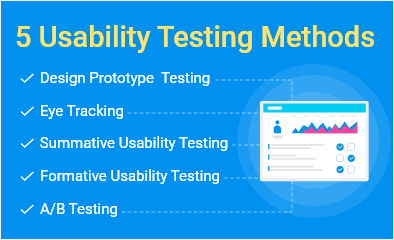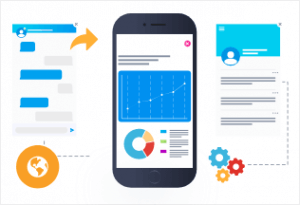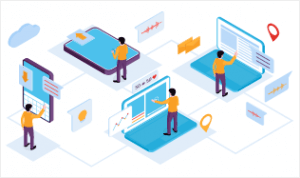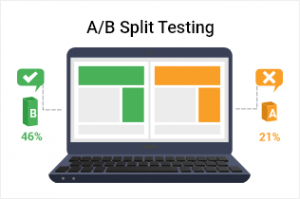
For a software project to be considered successful, it should be able to do its intended goal—whether that means streamlining a process or meeting a particular consumer need. Ensuring the success of a web-based application software requires thorough testing so that performance, usability, and overall value can be gauged. Measuring these results requires so much more than a basic Q&A testing plan. While a standard ‘question and answer’ test can help assess the essential functions of your product, you will need more in-depth usability testing to make sure that your product can genuinely accomplish your objectives.
This stage of website or app development is mainly about getting real people to interact with the product you have built while observing their reactions and behaviors toward its design and functionalities. It is a hugely necessary step in ensuring that you have created an efficient product that provides an enjoyable experience and journey for users, based on your objectives and goals for the development.
Effective usability testing puts real users in front of a product so they can complete intended tasks on it, ultimately revealing areas of effectiveness as well as areas of confusion, and uncovering opportunities to enhance the design and improve upon user experience.
A custom web application development company can help you create a well-planned usability testing scheme that will shed light on factors that matter like workflow metrics, the strength of design, and user satisfaction.
Here are five of the most widely used usability testing methods that quality assurance professionals and custom web development experts use to increase the effectiveness of software application designs:
 1. Design Prototype TestingIn design prototype testing for web application development platforms, the user workflow within a wireframe or a completed portion of a software product is tested before it goes into full development. Also referred to as early-stage testing, it is where a user interface or user experience designer creates a prototype of web design and design workflow for the sole purpose of testing and fixing any and all usability issues before actual development engineering begins. This saves a great deal of development time as it eliminates potential problems that could be more difficult to address once development is on-going.
1. Design Prototype TestingIn design prototype testing for web application development platforms, the user workflow within a wireframe or a completed portion of a software product is tested before it goes into full development. Also referred to as early-stage testing, it is where a user interface or user experience designer creates a prototype of web design and design workflow for the sole purpose of testing and fixing any and all usability issues before actual development engineering begins. This saves a great deal of development time as it eliminates potential problems that could be more difficult to address once development is on-going. 3. Formative Usability TestingAnother type of early-stage testing, formative usability tests, focus on quality assurance to make sure that products meet specified acceptance criteria before they are released to target audiences. Results from formative usability tests also become the baseline to which future test results can be compared.
3. Formative Usability TestingAnother type of early-stage testing, formative usability tests, focus on quality assurance to make sure that products meet specified acceptance criteria before they are released to target audiences. Results from formative usability tests also become the baseline to which future test results can be compared.5. A/B TestingThis type of usability testing applies to websites and landing pages. Here, two designs—A and B—are tested over a specified time period. Data is collected on the pages’ performance and their conversion rates are compared. The page with a higher conversion is declared the better design and the other is retired so additional split tests can be made to try and improve conversion or lead generation.
A/B testing is clear-cut and efficient as it provides a concrete way to measure data equating to a specific design winner. However, it is essential to note that this type of testing requires a process and it may take a reasonable amount of time to see results.
Importance of Usability Testing
Usability testing forms an essential part of website or app development, as it allows you to test drive the design on actual, real-life users—ones who are likely to reveal significant issues that cannot be identified by people who are already familiar with the product (i.e. developers and designers who have been too close to the design to see its flaws). In many cases, in-depth knowledge and overfamiliarity can blind designers, product owners, and marketers to potential issues and usability problems that an app or a website might have. Target users can provide invaluable insight to usability with the help of the right testing methods. Usability testing helps to determine whether or not visitors or users:
- Understand the way that the site or app works without getting lost and/or confused
- Are able to complete intended actions
- Encounter bugs or any other usability issues
- Have a smooth experience while exploring the product’s functionalities and efficiencies
Usability testing and research are crucial aspects of website and app development and design updates because, without these steps, you might end up stuck with a design and a process that you and your team understand, but your target audience does not.
Custom Software Lab can be your partner in success, offering services and methodologies that continue to advance and evolve with the changing programming landscape. We deliver innovative design techniques that result in highly functional, responsive, and user-friendly custom web applications to meet the unique needs of each discerning client. The company produces web apps and custom software solutions with easy to use interfaces, superb functionality, and locked down security.

